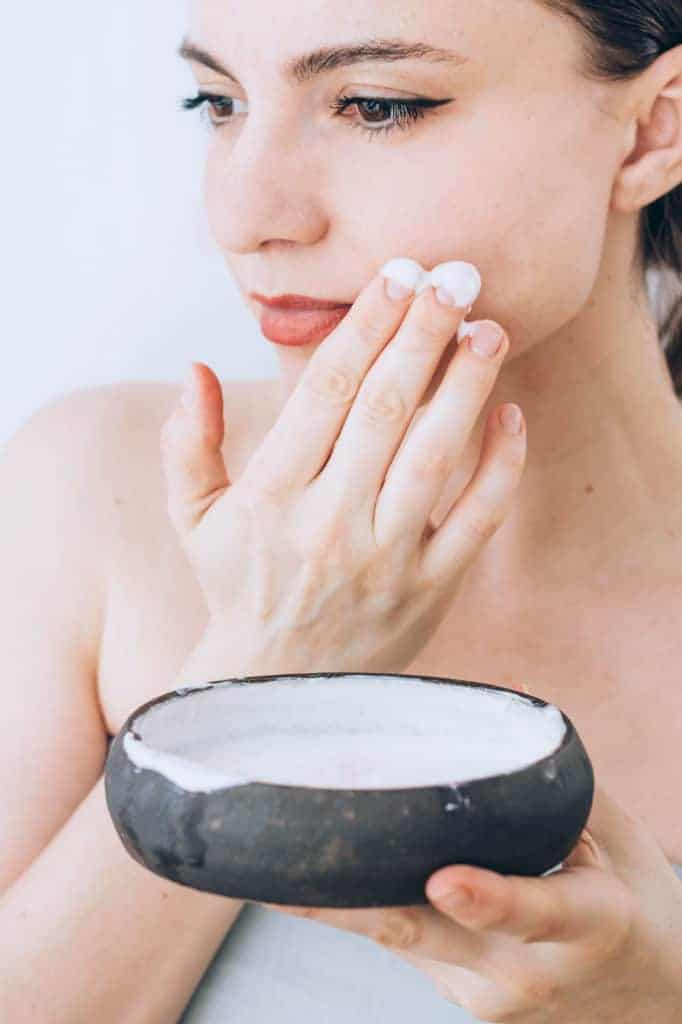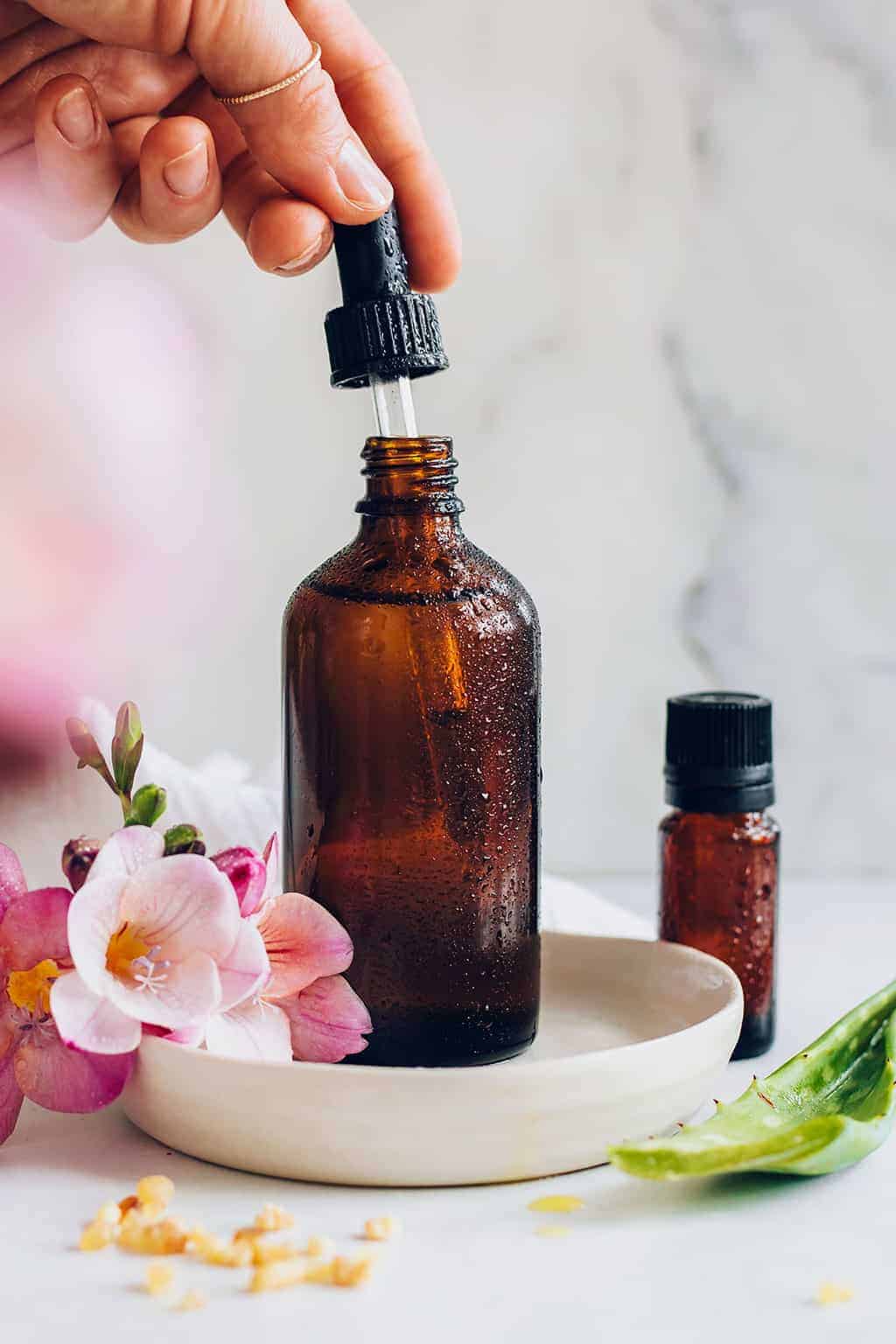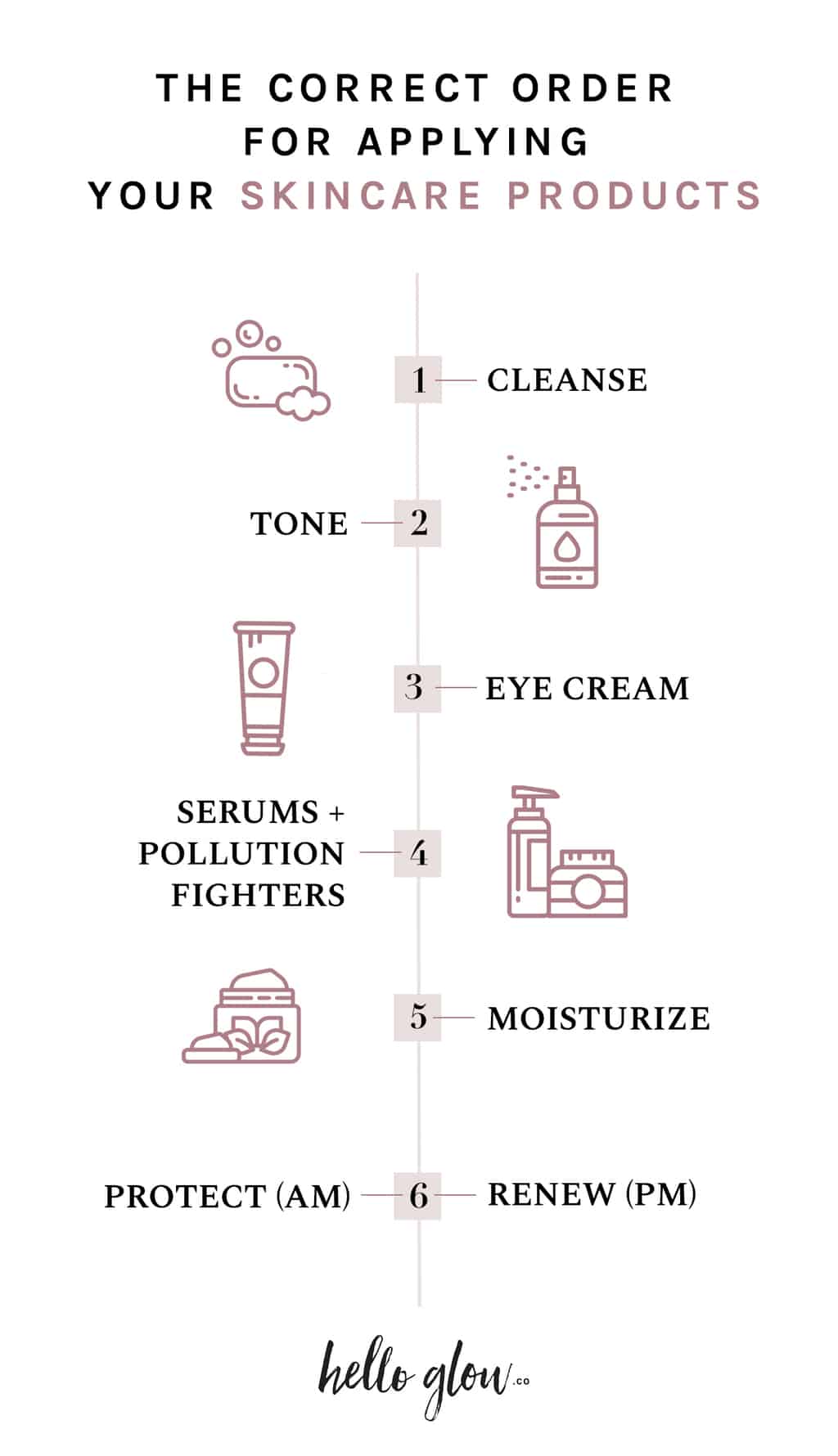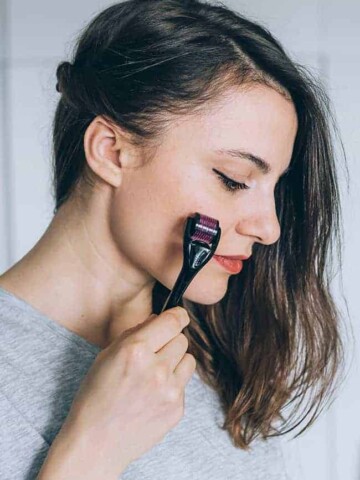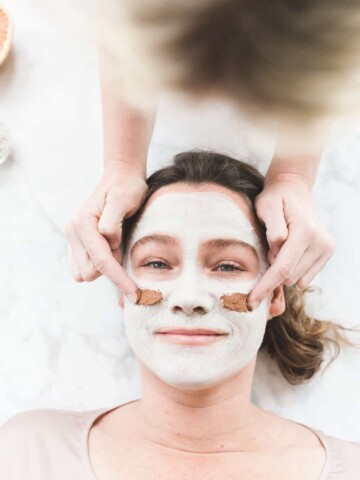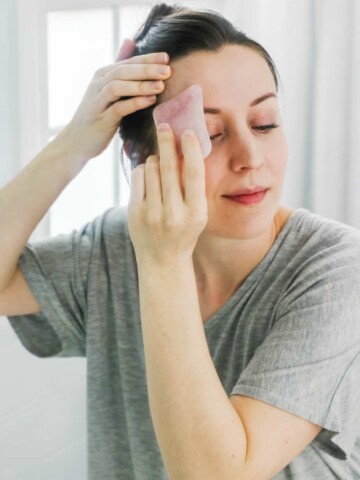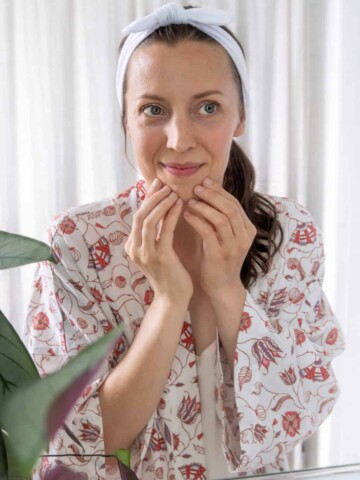If you're like most of us, your skincare routine is probably full of products and steps in which you're supposed to apply those products. So it's no surprise if you've ever found yourself wondering which products should go on before others—like if your serum should be applied before or after your moisturizer.
Knowing how and when to effectively use certain skincare products is as important as choosing the correct products for your skin type. After all, what good is spending all that time and money researching and buying the best facial oil if you’re not allowing it to do its job once applied to your skin?
Meet the Experts
Brendan Camp, M.D., a board-certified dermatologist at MDCS Dermatology
Marisa Garshick, M.D., a board-certified dermatologist at Medical Dermatology & Cosmetic Surgery (MDCS)
Medically reviewed by Dr. Jennifer Haley, a board-certified dermatologist
How to Apply Your Skincare Products
Applying skin care in a certain order helps maximize the efficacy of products, explains Brendan Camp, M.D., a board-certified dermatologist at MDCS Dermatology. "When skincare products are used in a certain order, it can help improve the penetration of important ingredients into the skin," he says. "In addition, applying products in random order may limit the penetration, and therefore the utility, of key ingredients."
Another benefit of having some sort of logical process that you follow for skin care is that it holds you accountable for using those products appropriately.
Step 1: Cleanse
Cleansing is without a doubt the most important and should be the very first step since it helps remove residual oils and dead skin cells, explains Dr. Camp. Cleansing also prepares the skin for the application of subsequent products.
If you are a double cleansing fan, as I am, you’ll want to use an oil cleanser or micellar water first to remove makeup and break down oils, and then follow with a foam or gel cleanser to remove any residue. Look for a face wash with glycolic or salicylic acid to assist with exfoliation.
Cleanser should be gently massaged into the skin to stimulate the lymphatics and prepare the skin for the application of active serum. Avoid using hot or cold water while washing your face—lukewarm is just right.
Step 2: Tone
Whether you are spritzing on your toner or using a cotton pad to rebalance the pH of your skin, always tone after washing your face. Toner can also help eliminate any residue that remains even after cleansing, explains Marisa Garshick, M.D., a board-certified dermatologist at Medical Dermatology & Cosmetic Surgery (MDCS) in New York.
Exfoliating cotton rounds for toner are perfect for gently lifting off dead skin cells and balancing the skin’s pH for optimal penetration of your skincare products.
Step 3: Serums and environmental toxin fighters
A general rule of thumb, according to Dr. Camp, is to apply products in the order of thinnest to thickest. "This typically means applying serums first because they are more watery and contain a high concentration of key ingredients that facilitate their absorption into the skin," he says.
Serums will be different from day to night. In the morning, this step should include a vitamin C serum to protect against environmental damage. At night, this might be a glycolic acid product or a serum infused with plant peptides to stimulate collagen production.
Step 4: Eye cream
The best time to apply an eye cream is before any active ingredients are applied to the rest of your face. Applying before the heavier creams allows it to stay on the skin and get sealed in, explains Dr. Garshick. "Because the eyelid skin is thin, it is important to avoid getting some of the products designed for the face too close to the eye as it can be irritating, while eye creams are often designed to be tolerable even for the delicate eyelid skin," she says.
How-to: Gently dab eye cream around the orbital rim with your ring finger. Eye-specific skin care will penetrate the thin skin quickly and also protect the delicate eye area from stronger ingredients needed for the rest of the face.
Step 5: Moisturize
Moisturizers help to lock moisture and other products into the skin. "Often, moisturizers are made with ingredients that provide a barrier effect, so they help to seal everything in—not just preventing the natural loss of water from skin but keeping other products on," says Dr. Garshick.
Even those with oily skin can benefit from using a moisturizer. If this is you, opt for oil-free, as this can help control oil production while still hydrating your skin. Hyaluronic acid moisturizers are especially popular for giving that dewy, healthy glow to the cheeks and lips without the oil.
Step 6 (in the AM): Protect
In the morning, no matter where you are going, what the weather is like, or if you're wearing makeup that contains SPF, never, ever skip sunscreen! "You may not apply enough makeup to obtain the level of SPF as labeled on the product," warns Dr. Camp.
Additionally, he points out that sunscreen should be applied as a last step in your skincare routine before makeup. Otherwise, its ability to protect skin from the sun can be affected by products applied over it.
Sunscreen usually helps makeup go on smoothly and even as well, and some of the tinted sunscreens on the market work as a sunscreen, moisturizer, and primer for makeup!
Step 6 (in the PM): Renew
While we sleep, our skin is given time to repair and recover. To even out skin tone, apply retinol after your moisturizer to help prevent unwanted peeling and redness.
To help seal in the serums we use and allow the products to work their wonders, plan to apply a facial oil or overnight mask 2 to 3 times a week. For facial oils, try warming them for a few seconds in your palms first and then pressing them gently into the skin.
General tips:
Products generally go from thinnest to thickest for application. Every product in your regimen should be completely dry before applying the next product. Each product should have a specific purpose that enhances the efficacy of the other products in your skincare ritual. There is no one-size-fits-all product, and even your own skin’s needs will change with the seasons and the fluctuation in your hormone levels.
Always start your skincare routine after you’ve brushed your teeth to prevent any bacteria from hanging out around the chin area and causing breakouts.
This post was medically reviewed by Dr. Jennifer Haley, a board-certified dermatologist with extensive experience in medical, cosmetic, and surgical dermatology. Learn more about Hello Glow’s medical reviewers here. As always, this is not personal medical advice, and we recommend that you talk with your doctor.
Graphic by Daria Patrunjel, Icons by Smalllike from the Noun Project
124
